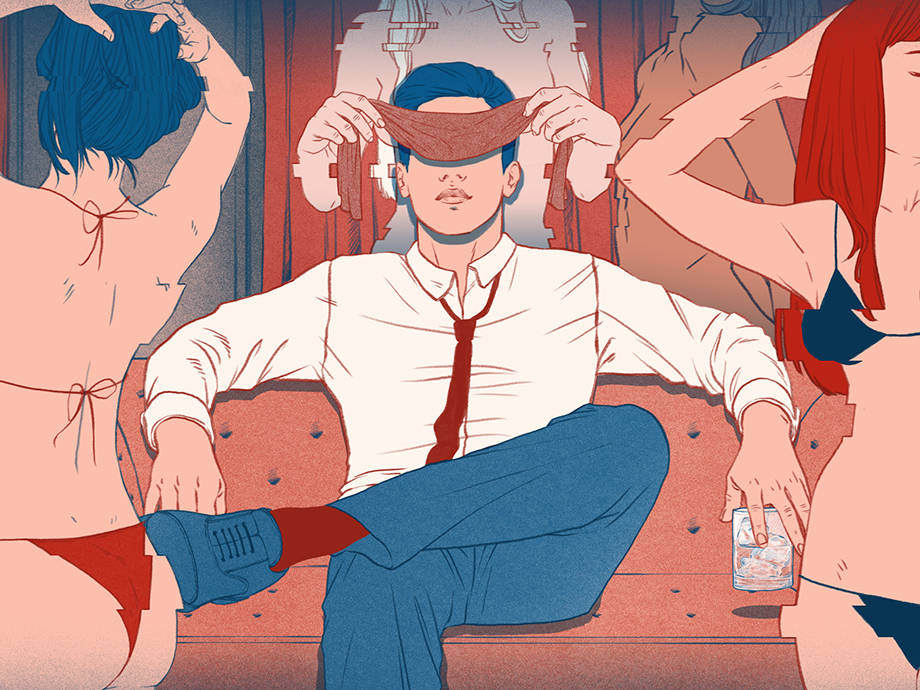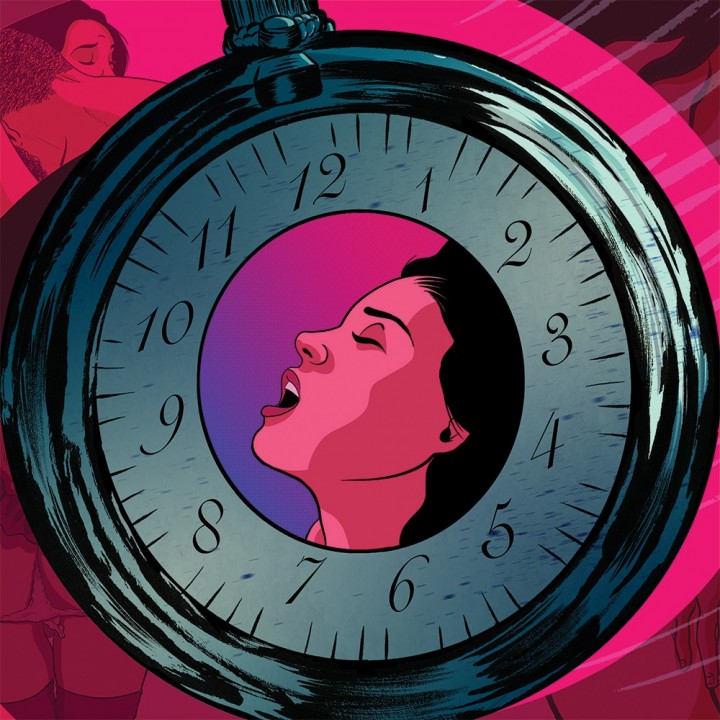
On the Decline of Los Angeles Strip Clubs
The wage lawsuit against Déjà Vu Services Inc is still affecting the industry, but can it recover?
Most of us have experienced some version of it: the dim room, flooded in neon lights, decorated in dancing lucite heels. And if you've had the privilege of enjoying a Los Angeles stripping establishment and any other location anywhere else, you recognize that there is something special about southern California's locales.
That’s putting it mildly. According to people with deep ties to the adult entertainment industry in Los Angeles, some of the adult entertainment clubs in the region have been wondering whether they might have to shutter their operations all together, amid a decline in business. Even some of the southern California locations operated by some of the larger adult entertainment franchises like Déjà Vu have been experiencing some unusually light crowds. Some LA strip clubs have even started handing out free admission passes, forgoing the usual $20 or $15 cover charge, hoping that it will help draw in more customers.
Back in the day, it was really popular for the guys to have bachelor parties at home, and call (a number) and somebody would come to your house and strip. That wasn’t as popular anymore because there was so many clubs to go to. I think a lot of girls are going to go back to doing shows that way.
The class action suit, lodged against Déjà Vu Services Inc., claimed—under an April 2018 ruling issued by the California Supreme Court in a decision involving the package and delivery service company, Dynamex—that the Las Vegas-based adult entertainment company had been miscasting the dancers as independent contractors. Even Stormy Daniels has jumped into the fray, condemning the California court decision in a recentLos Angeles Times opinion piece.
“Strippers seeking strong workplace protections and good benefits are sincere and legitimate, but forcing all dancers to become employees is not the answer,” Daniels wrote. “As independent contractors, we can perform when, where, how and for whom we want. If we are classified as employees, club managers would be empowered to dictate those conditions.”
A group of dancers, calling themselves “Soldiers of Pole,” recently took to the streets in Hollywood outside the Crazy Girls Club, claiming that some LA clubs have been cheating them out of their wages and charging them new fees under the recent California Supreme Court decision. As independent contractors, exotic dancers in Los Angeles can make anywhere from $20 or more an hour performing private dances, not including tips. Some of the really popular dancers at the city's gentlemen’s clubs have been known to clear well over $3,000 a night. It’s hard to pinpoint exactly what the average LA dancer will make entertaining, but a California dancer’s earnings will be subjected to tax withholdings due on both wages and tips—meaning that the money they take home nightly or weekly could be substantially less than it’s been in the past, depending on the establishment.
The Art of the Real Starring Stormy Daniels
As America continues to debate whether to brand her a hero or a whore, Stormy Daniels forges ahead

Kathy Vercher, president and COO of Spearmint Rhino Consulting Worldwide, Inc., which operates roughly 14 clubs in Southern California, said they’ve noticed a decline in both dancers and customers since they’ve been converting their entertainers to employee status. “Almost all of our clubs are done (converting), and the impact has been there is a reduction of dancers. And If you have a reduction in dancers, you have a reduction in customers,” Vercher tells Playboy. “I think many of the entertainers are going to clubs that haven’t converted yet. They’re going to Arizona. They’re going to Las Vegas. Everybody is just trying to find out the new tempo of the industry in California.”
Still, there are a number of variable at play that could be a number of variable in play that impact businesses of Los Angeles. “What you’re having is a culmination of a perfect storm,” says Angela Spencer, director ofthe Association of Club Executives (ACE), which represents more than 1,000 adult entertainment clubs. “As we know, California has always struggled financially, from a state legislative standpoint. So, what happens is that you get all these rules and regulations going on from a state level and then you get the cases like you see with the Dynamex decision…so you’ve had a ton of lawsuits in California. There are a lot of clubs closing or leaving (California), and they’re leaving because the taxes are too high.”
Given the long history of employee classification issues that proceeded the Dynamex case, which is poised to impact everyone spanning barbers to dog walkers, speculations have been running rampant, as to what finally might have pushed the California Supreme Court to render a unanimous decision that so radically changes the scope of independent contractors in the state. The rumors have been swirling and have included everything, from a legislative agenda to cut the number of strips clubs in California to some federally-driven political move by Republicans aimed at punishing California and its workers for the state’s position on key Trump issues, none of which Playboy was able to substantiate. But one thing seems perfectly clear, in a state like California, which many analysts believe could find itself in the midst of major financial troubles in the near future, reclassifying workers as employees instead of independent contractors, could prove substantial in helping to alleviate some of the state’s debt down the road.
Why Is Instagram Coming Down on Strippers?
In the aftermath of FOSTA and SESTA, sex workers are losing their networks and their agency

Rumors swirl that new employment stipulations will prompt a lot of dancers to start entertaining customers at private homes, where they can reap more of the profits. “The guy is constantly trying to get her out of there, because it’s expensive at the club,” says Rob. “The girl, fearing that she’s about to lose about three-quarters of her money, finally says, ‘fine, I’ll see you outside of here.”
“Small clubs are going to try to get away with not converting, until somebody sues them, which will happen, or some girls are going to go underground with it,” says Vercher. “Back in the day, it was really popular for the guys to have bachelor parties at home, and call [a number] and somebody would come to your house and strip. That wasn’t as popular anymore because there was so many clubs to go to. I think a lot of girls are going to go back to doing shows that way.”
Nationally, the adult entertainment club industry has struggled to establish a solid consumer base among the millennial crowd, which could also affect the business down the road, says an insider. A decline in the once highly popular trend of having business meetings at strip clubs has impacted the adult entertainment club industry as well, fueled, in part, by the awkwardness of the usually all-male meet-ups, for female colleagues who often found themselves being coerced into attending the events just to fit in.
Still, those like Vercher and Shafer remain very optimistic about the future and integrity of the adult entertainment club business in LA, even amid all the challenges facing the industry both from a social and legal perspective. “Will it continue in the same number of clubs? I don’t know. Will it continue in the exact same format? I don’t know. But I think it will continue,” says Shafer.
“Six months to a year from now, it’s going to get comfortable,” says Vercher. “It’s going to be the new norm. It will be different, but the industry will survive it.”






